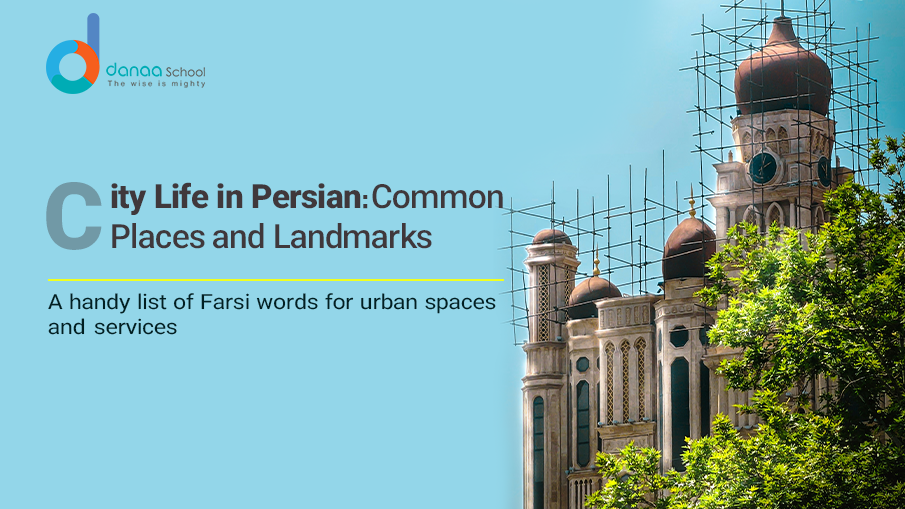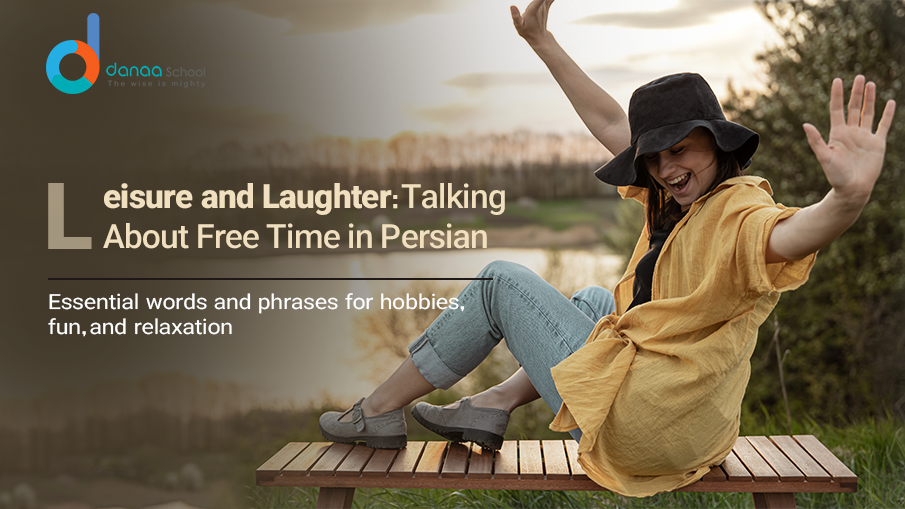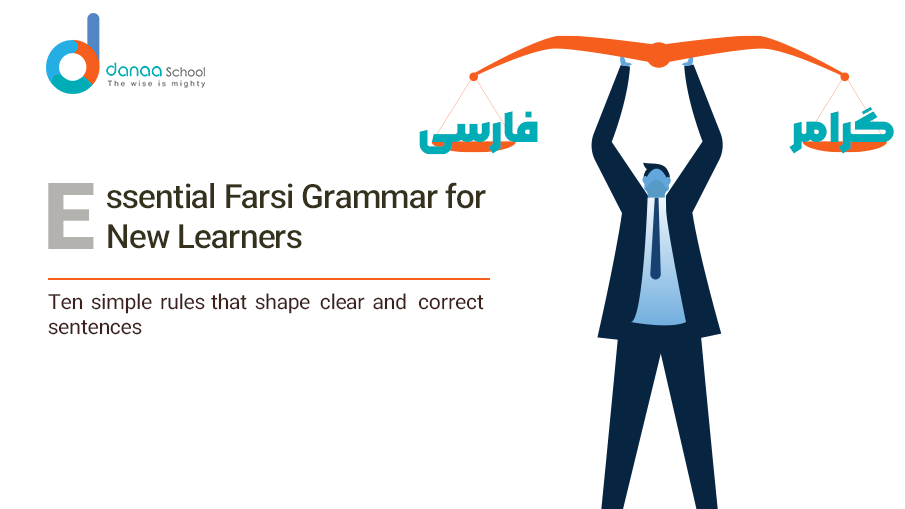Keyword: Home and Garden in Persian
Title tag: Home and Garden in Persian
Meta:
Discover the beauty of Persian home and garden design, traditional elements, and useful Farsi vocabulary. Learn more and start your Farsi journey with Danaa School!
Home and Garden in Persian
Home and garden are essential aspects of Persian culture, reflecting a deep connection with nature, architecture, and aesthetics. Whether you are looking to design a Persian-style home, cultivate a beautiful garden, or simply learn useful Farsi vocabulary related to home and garden, this guide will provide you with valuable insights.
The Importance of Home and Garden in Persian Culture
In Persian culture, homes are more than just living spaces; they are places of warmth, hospitality, and beauty. Gardens, known as Bagh in Persian, hold a special place in Iranian heritage, symbolizing paradise and tranquility. The traditional Persian home is designed with intricate details, natural elements, and a harmonious balance between indoor and outdoor spaces.
Traditional Persian Home Design
Persian homes are known for their unique architectural features, blending historical influences with practical designs. Some key elements include:
- Iwan (ایوان): A large, open porch that provides shade and serves as an outdoor seating area.
- Badgir (بادگیر): Windcatchers used to cool the house naturally.
- Orsi (ارسی): Stained glass windows that allow natural light to create colorful patterns inside the home.
- Bukhari (بخاری): A traditional fireplace for warmth during winter.
Persian Gardens: A Reflection of Paradise
Persian gardens are famous worldwide for their symmetrical layouts, flowing water, and lush greenery. These gardens are designed to provide a peaceful retreat from the outside world. Some of the most famous Persian gardens include:
- Shazdeh Garden in Kerman
- Eram Garden in Shiraz
- Fin Garden in Kashan
The fourfold design, inspired by the concept of Chahar Bagh (چهار باغ), divides the garden into four sections with water channels in between, symbolizing the four elements: earth, water, air, and fire.
Common Persian Home and Garden Vocabulary
If you are learning Farsi, here are some useful words related to home and garden:
- خانه (Khāneh) – Home
- باغ (Bāgh) – Garden
- حیاط (Hayāt) – Courtyard
- آشپزخانه (Āshpazkhāneh) – Kitchen
- اتاق خواب (Otāq-e Khwāb) – Bedroom
- مبلمان (Moblomān) – Furniture
- درخت (Derakht) – Tree
- گل (Gol) – Flower
- سبزیجات (Sabzijāt) – Vegetables
- فواره (Fowāreh) – Fountain
How to Incorporate Persian Elements into Your Home and Garden
1. Persian Carpets and Rugs
Persian carpets add elegance and warmth to any space. Handmade rugs with intricate designs are a must-have in a Persian-inspired home.
2. Indoor Plants and Flowers
Bringing nature inside is a key feature of Persian homes. Popular indoor plants include Jasmine (یاسمن) and Basil (ریحان).
3. Water Features
Adding a small fountain or reflecting pool enhances the aesthetic and tranquility of a Persian-style garden.
4. Persian Tiles and Patterns
Hand-painted tiles with floral and geometric designs can be used for walls, floors, and decorative pieces.
5. Traditional Seating Areas
Using floor cushions and Takht (تخت) (traditional wooden benches) creates a comfortable and authentic Persian setting.
DIY Persian Garden Ideas
Even if you don’t have a large space, you can create a Persian-style garden with these simple steps:
- Use symmetrical designs to divide your garden.
- Plant Roses (گل رز), Pomegranates (انار), and Cypress trees (سرو).
- Install a small water feature or fountain.
- Add shaded seating areas with vines and climbing plants.
Learn Farsi with Danaa School!
If you want to explore Persian culture further and learn the Farsi language, Danaa School offers engaging and interactive lessons. Join our community of learners today and take the first step towards mastering Farsi!
FAQs
- What makes a Persian garden unique? Persian gardens are known for their symmetrical designs, flowing water channels, and lush greenery, representing balance and harmony.
- What are some common plants found in Persian gardens? Some popular plants include roses, cypress trees, pomegranates, jasmine, and tulips.
- How can I add Persian elements to my home on a budget? Simple changes like adding Persian rugs, indoor plants, and decorative tiles can enhance your home’s aesthetic without a large investment.
- What is the significance of water in Persian architecture? Water symbolizes purity and life in Persian culture and is a central feature in traditional homes and gardens.
- Can I create a Persian garden in a small space? Yes! Even a small balcony or backyard can be transformed with symmetrical plant arrangements, a small fountain, and Persian-style seating.
- What materials are commonly used in Persian home décor? Wood, clay, tiles, stained glass, and silk fabrics are commonly used in Persian interior design.
- How do Persian homes balance indoor and outdoor spaces? Persian homes often have courtyards (Hayāt) with gardens, allowing a seamless transition between indoor and outdoor areas.
Conclusion
The Persian concept of home and garden is deeply rooted in beauty, balance, and tradition. Whether you are decorating your home, designing a garden, or simply learning more about Persian culture, incorporating these elements can bring warmth and elegance to your space.









